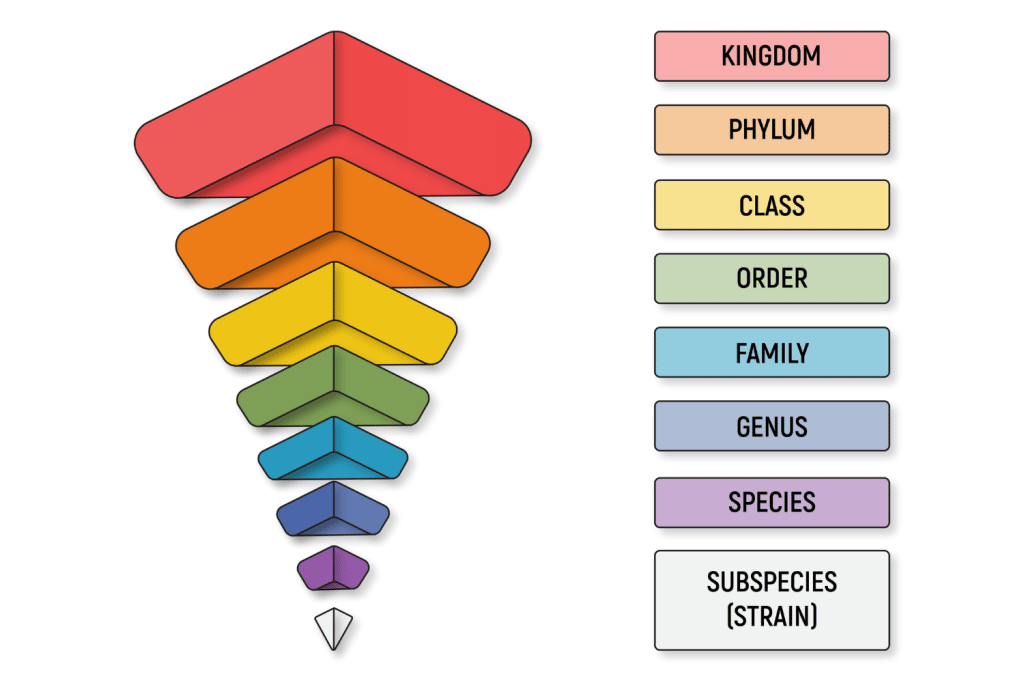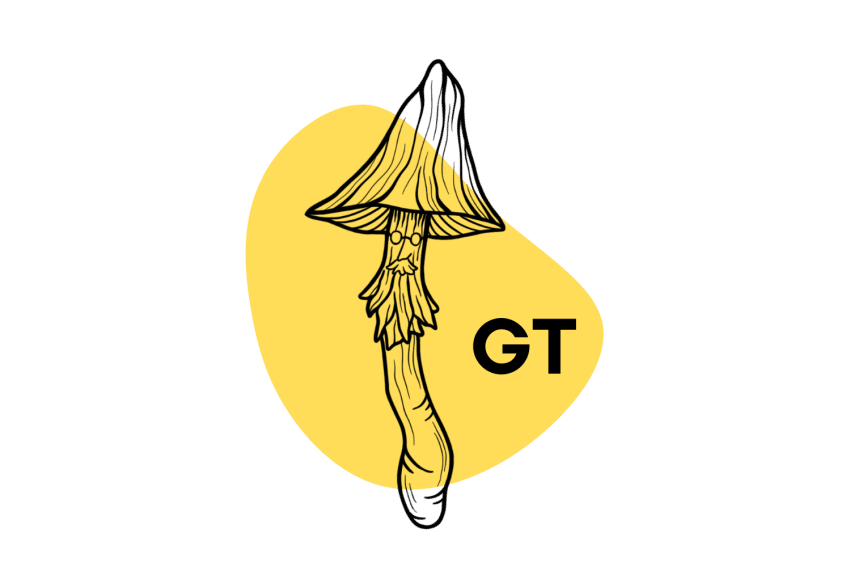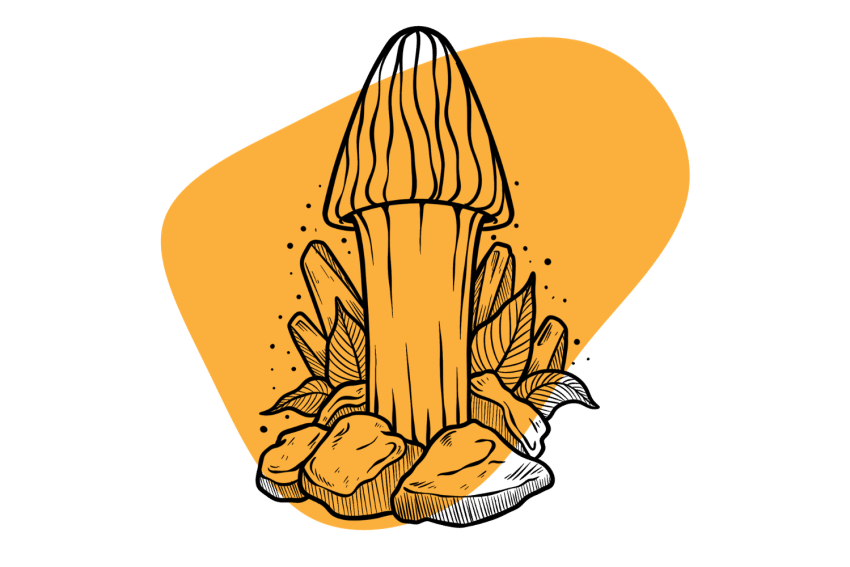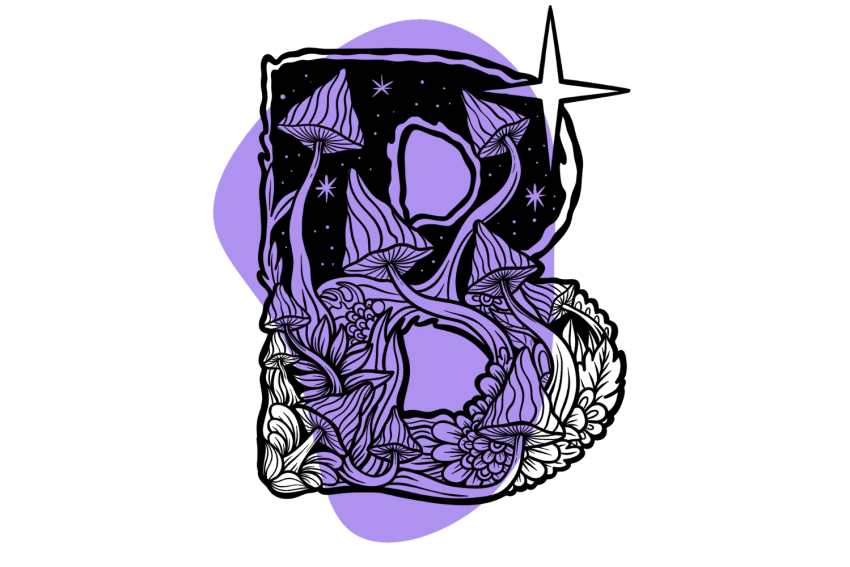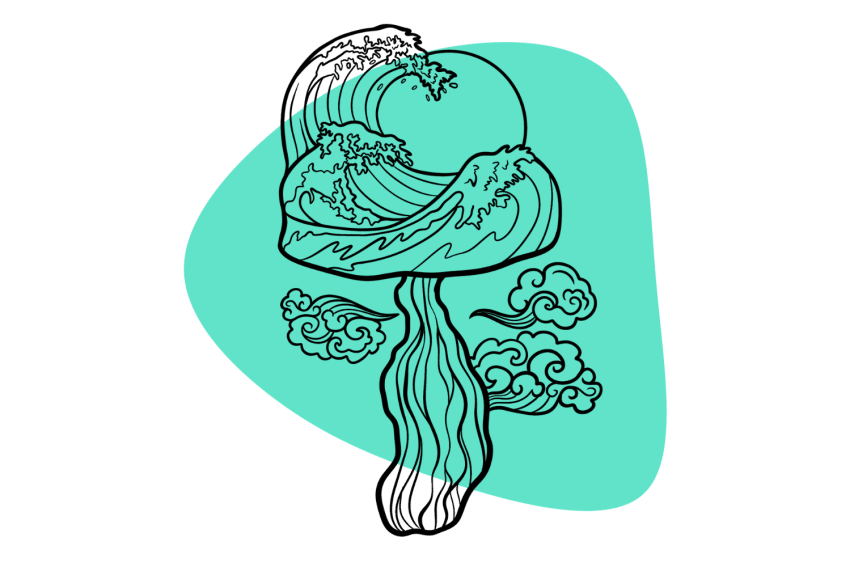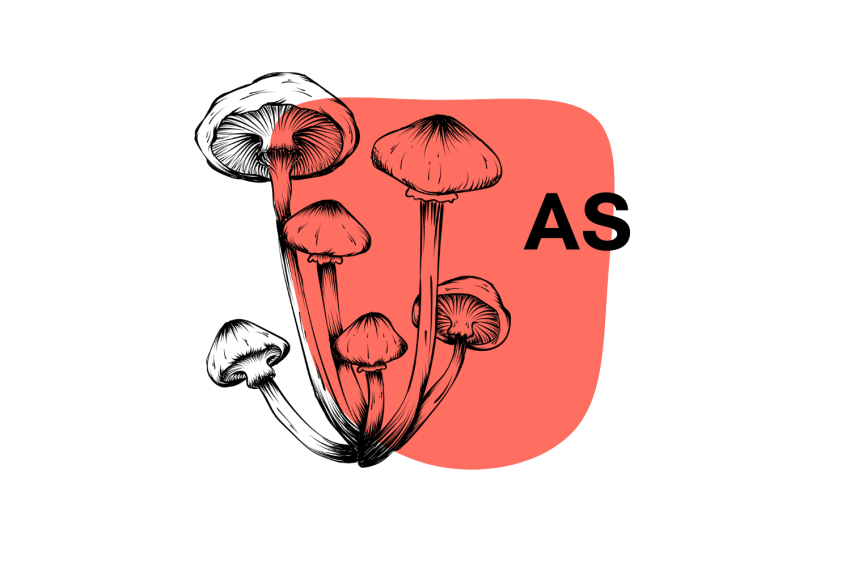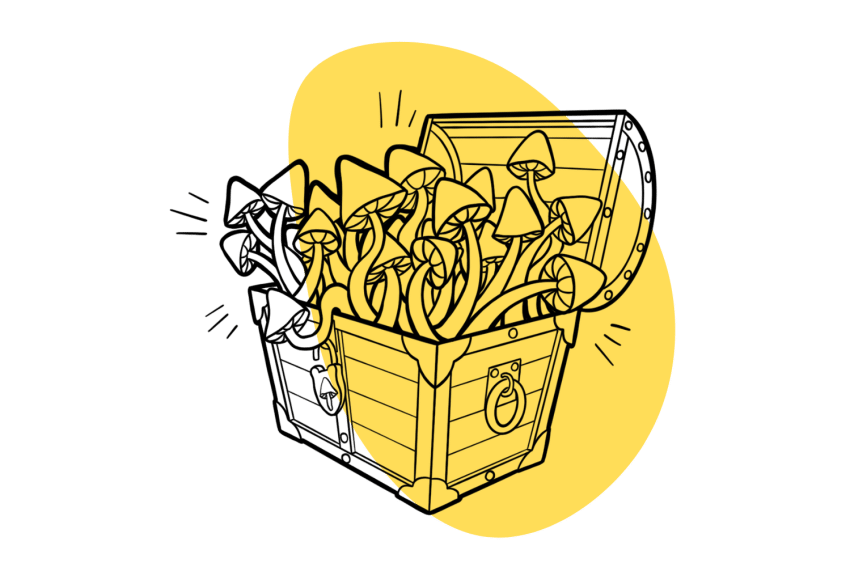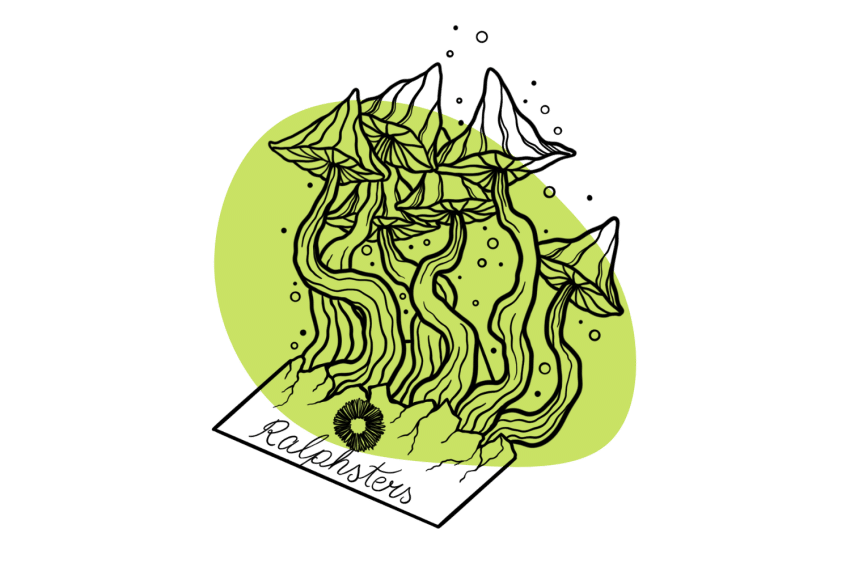Golden Emperor Shrooms: Reigning Leader of the Shroom Dynasty
You must always bow before addressing the emperor.

Golden Emperor shrooms are a strain of magic mushrooms. They’re classified as a member of the greater Psilocybe cubensis species of mushrooms, which itself is just one of over 100 different species of psychoactive fungi.
Most people by now have heard of strains like Golden Teachers — but few are familiar with its kin, the Golden Emperor.
The Golden Emperor strain isn’t as famous as GTs, but it’s every bit as exciting, providing insightful and meaningful trips that are notably strong but have less propensity for pushing you into the deep end compared to other magic mushroom strains.
Golden Emperors are the progeny of the famed Golden Teachers strain and therefore share similar potency and effects.
Like their parent strain, Golden Emperor shrooms are reliable for taking deep introspective dives and microdosing alike. These shrooms can be very strong but are less likely than other strains (such as Penis Envy) to force you into psychedelic dimensions you’re not ready to enter.
Related: View All Magic Mushroom Strains
Golden Emperor Shroom Specs
| Potency | Above Average 💪 |
| Cultivation | Beginner |
| Species | Psilocybe cubensis |
| Substrate Recommendation | Rye Grain or Brown Rice Flour |
| Cost | $$ |
| Sold By | Sporeslab |
History of Golden Emperor Shrooms
Golden Emperor shrooms were derived from Golden Teachers, the most famous of all shroom strains. The spore vendor, Sporeslab, is credited with isolating and developing the Golden Emperor strain — so they’re considered the best source for this strain.
Golden Emperor and Golden Teacher are similar in their overall appearance and psilocybin content, but Golden Emperors produce larger mushrooms overall.
Golden Teachers has been around for decades already — they first entered the market sometime in the 1980s. Prior to this, the term “Golden Teachers” referred to psilocybe cubensis as a whole because it’s common for this species to gold-colored sport caps. It’s believed the original sample was taken from somewhere in the Gulf region of the United States — but this has not been confirmed.
Golden Emperor Shrooms Potency & Psilocybin Content
Most psychoactive fungi, including the Golden Emperor shrooms, contain three active ingredients — psilocybin, psilocin, and baeocystin. Ranking potency quantitatively requires measuring the averages of these tryptamines across as many samples as possible.
At the moment, there are only a few limited tests on Golden Emperor mushrooms, but the data is growing every year.
So far, analysis has found the Golden Emperor shrooms to be above average in terms of potency. This matches the anecdotal reports posted online as well as the experience of our own team here at Tripsitter.
Sporeslab, one of the leading spore vendors in the US and Canada, suggests the average tryptamine content of Golden Emperor shrooms to be around 1.8% — which is almost double what’s considered common for this species of mushroom. It’s unclear what the specific breakdown is between psilocybin and psilocin, however.
For comparison, we consider “average” to fall somewhere between 0.5% and 0.9% (psilocybin and psilocin combined). As such, you can expect Golden Emperor shrooms to provide a relatively high potency.
With that said, knowing the average potency of a strain isn’t as useful as you might think. The growing conditions play a major role in the potency of a mushroom. Two samples of the same strain grown under different conditions may have wildly different potencies.
The Oakland Hyphae Psilocybin Cup is another good place to turn for identifying the estimated potency of a magic mushroom strain. Samples are submitted for the competition, scanned in a laboratory, and then graded according to potency. The figures are all posted at the conclusion of the competition.
Unfortunately, there have not been any Golden Emperor samples submitted in any of the previous 4 Psilocybin Cups.
Golden Emperor Variations & Genetic Relatives
Golden Emperor is not the most popular strain, by far, so there haven’t been any noteworthy variations created. However, there are some genetic relatives that are quite popular in the world of psilocybin mushrooms.
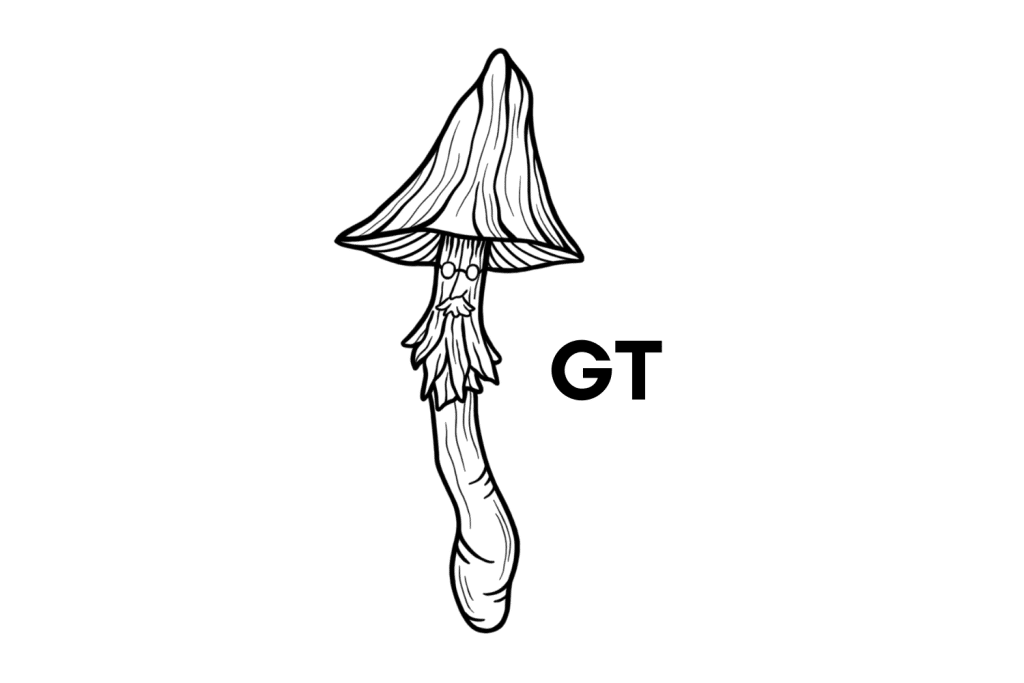
Golden Teacher Strain
We’ve covered this strain a lot already as it’s the parent of the Golden Emperor strain.
Golden Teachers are ubiquitous in the world of magic mushrooms — in most cases if a specific strain isn’t mentioned, it’s Golden Teachers.
Golden Emperors are similar in appearance, psilocybin content, and growth habits, but they are quite a bit bigger in size — especially for grain spawn or manure-grown samples. Both strains are easy to cultivate and stand up well to disease and mold.
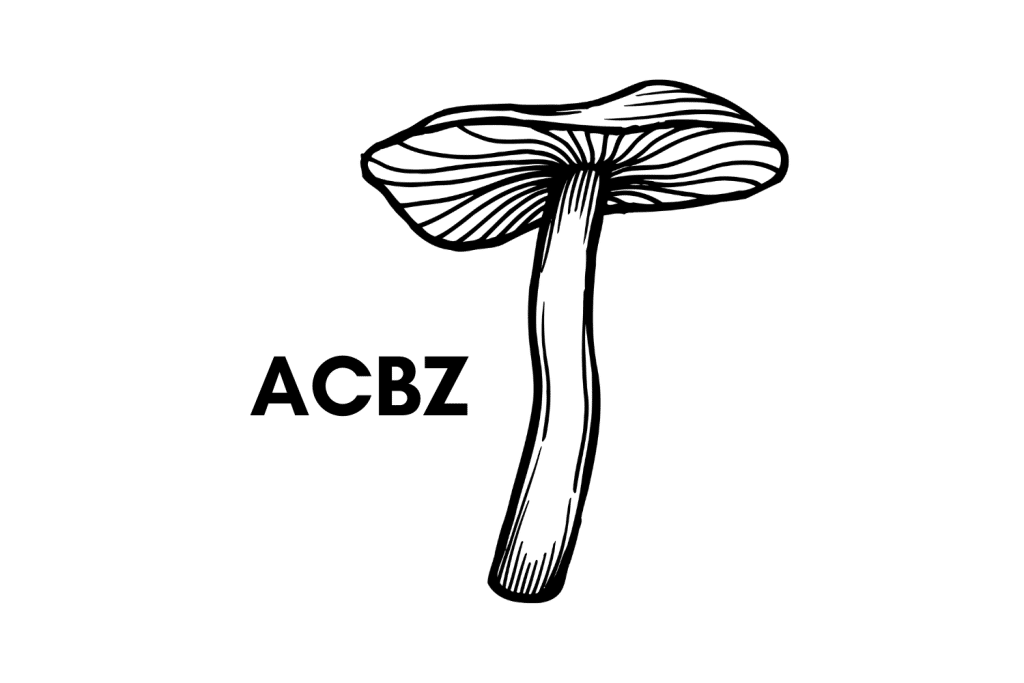
Alcabenzi Strain
The Alcabenzi strain is believed to be a cross between Golden Teachers and a strain belonging to the genus and species Psilocybe mexicana (theorized). This is debatable, as shrooms from different species are believed not to be able to be crossed.
However, most agree that this strain was developed from Golden Teachers, which means it is a close relative of Golden Emperors as well.

White Rabbit
White Rabbit is a lesser-known shroom strain that is a hybridization of Albino Penis Envy and Moby Dick. Moby Dick is a hybridization of Golden Teacher and the A+ Strain. As such, the White Rabbit strain is closely related to Golden Teachers and, by proxy, Golden Emperors.
The White Rabbit strain is an albino, which means it produced cloudy-white mushrooms rather than the distinctly gold-colored Golden Emperor mushroom.
Where to Buy Golden Emperor Shroom Spores
Golden Emperor shroom spores were developed by Sporeslab, which is currently the only place you can buy them online. This company is based in Canada but will ship wherever shroom spores are legal (USA-included). You shouldn’t have any issue getting your hands on these spores if you’re from the United States or Europe.
You can also check out spore-trading circles such as the /r/sporetraders subreddit.
Related: How & Where to Buy Magic Mushroom Spores (Legally).
How to Grow Golden Emperor Shrooms
Growing Golden Emperor shrooms is a relatively simple process. Thanks to the strain’s ability to resist mold and disease, even beginner cultivators should have no issues. The strain is known to be a prolific fruiter that produces large fruiting bodies.
We’ll detail the process of growing Golden Emperor shrooms below, but be sure to check out our more thorough guide to shroom cultivation for more tips and information.
Step 1: Prepare Your Substrate
First, mix 2 parts brown rice flour or rye grain with 2 parts vermiculite and 1 part water. Fill a mason jar up to about ¾” below the rim with this mixture, and then wholly top off the jar with dry vermiculite.
Step 2: Sterilize Your Substrate
Cover your jar with tin foil and cook in a pressure cooker or Instant Pot for about 30 minutes at 121 degrees F.
Step 3: Inoculation
You should always begin the inoculation process by sterilizing your work area and all equipment. Once completed, add your spores to the substrate and seal the jar.
Step 4: Incubation & Colonization
You’ll need to keep the sealed jar between 70 and 80 degrees and above 85% humidity while the spores colonize. You should also limit light interacting with the jar. Once you find that the white mycelium has overtaken all of the substrate, you can move on to the next step.
Step 5: Fruiting
Open your jar and place it in your fruiting chamber. You can also remove the colonized substrate and place it on some moist vermiculite in the fruiting chamber. This chamber should be kept above 85% humidity and between 50 and 65 degrees F for several days. Your colony will begin to produce fruiting bodies.
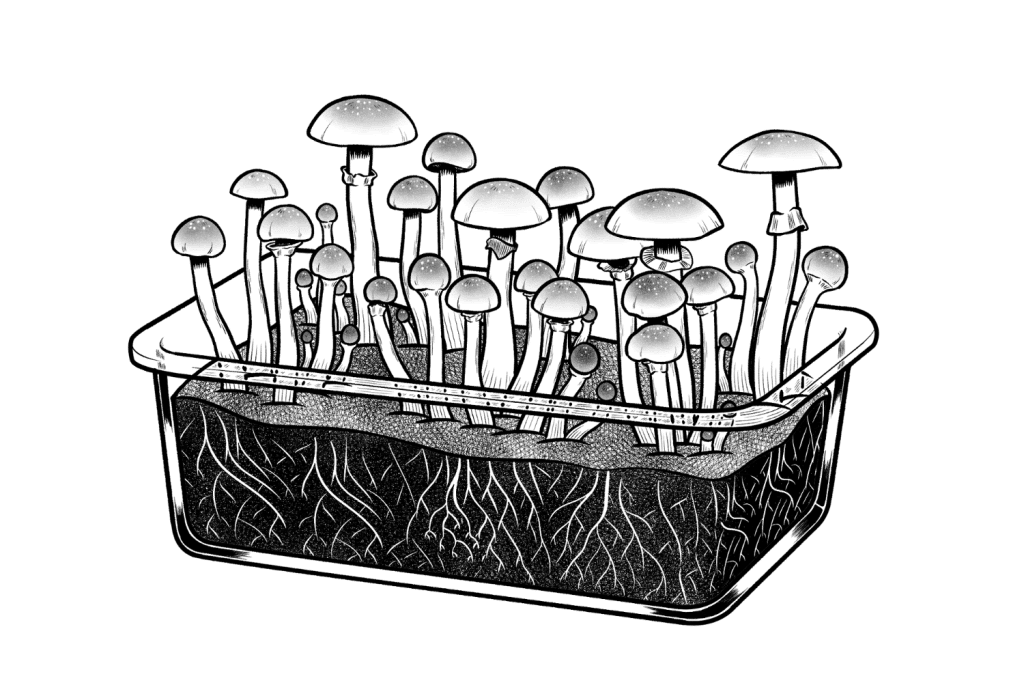
Step 6: Harvest
You’re ready to harvest when the veils on the bottom of your fruiting bodies break. After you harvest, you can leave the remaining stems and substrate in the fruiting chamber for your next flush. Golden Emperor shrooms typically provide 3 or 4 flushes before the substrate is spent.
Best Alternative Strains to Golden Emperor Mushrooms
The Golden Emperor strain is an excellent option, but it’s not the only one in its class. Below are some of the best alternatives to check out instead:
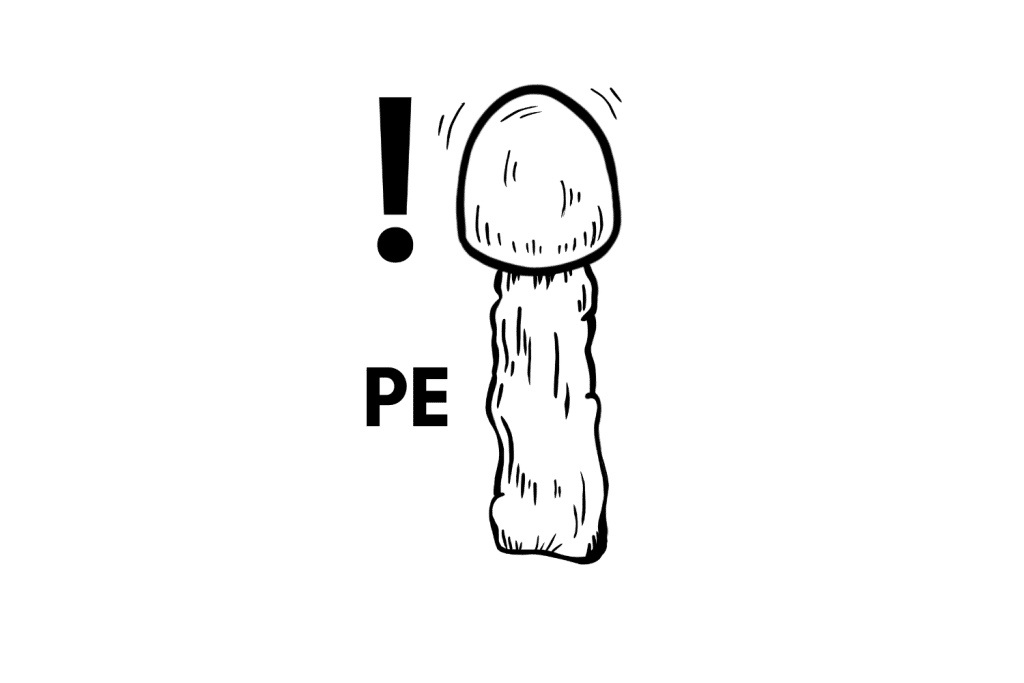
Penis Envy Shrooms
The Penis Envy strain is best known for its high potency, so if you enjoy the effects of Golden Emperors but are looking for something with a little more power, Penis Envy might be a good option. The experience is often a bit more cerebral, so be prepared for a less body-centered trip.
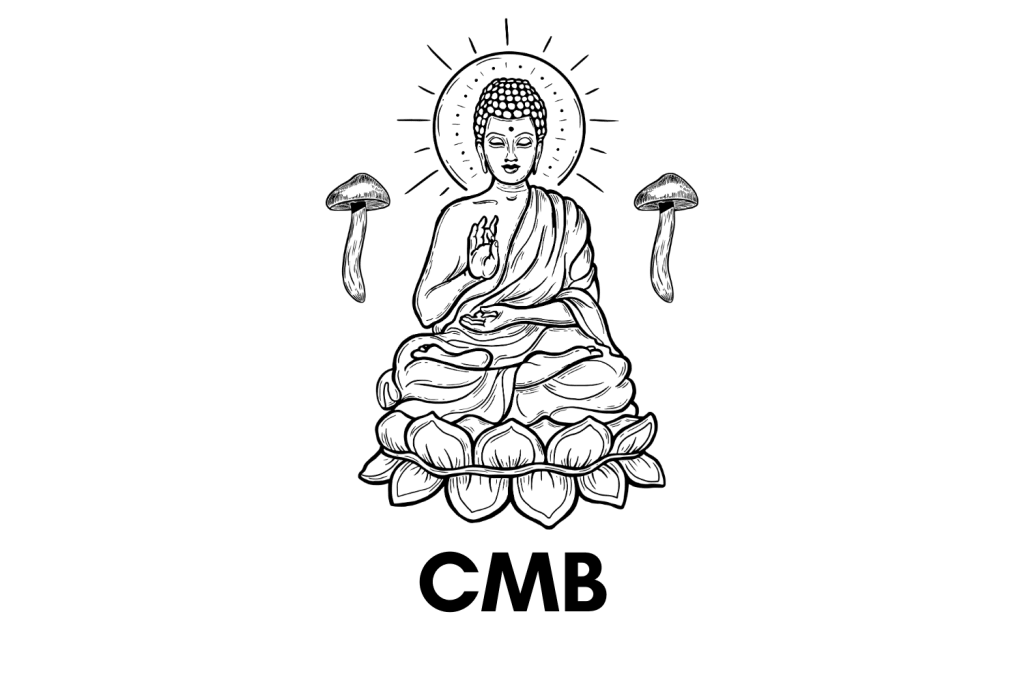
Cambodian Shrooms
If you enjoy cultivating Golden Emperors because they can stand up to less-than-ideal growing conditions, you’ll probably also be a fan of the Cambodian shroom strain. This strain is resistant to mold and disease, making it another good option for beginner cultivators and experienced growers alike.

B+ Shrooms
The B+ strain is potent, much like Golden Emperors. It provides a similar trip experience for most users in that it is intense but often not overwhelming. Many users find that the experience is introspective and educational. B+ shrooms are also relatively easy to cultivate, as they share a strong resistance to disease and poor growing conditions with Golden Emperors.
Strains vs. Species: What’s The Difference?
Many people get confused by the terms “species” and “strains” when referring to magic mushrooms, but the two refer to drastically different things.
A strain refers to a specific phenotypical isolation of a particular species. Each strain has distinct characteristics that are repeatable between grows but maintain the same genetics as other strains listed within the same species.
Two separate strains from the same species can reproduce viable offspring, whereas two samples from different species cannot reproduce.
The term “species” is used to distinguish between mushrooms that are genetically unique. Different species can have variations in physical appearance, chemical makeup, and growth tendencies as well, but they are attributed instead to varying genetics rather than growing conditions.
There are hundreds of strains of Psilocybe cubensis, all of which are genetically identical but exhibit different phenotypes.
